In June, cryptocurrency-mining company Bitfarms (BITF -12.50%) sold 3,352 Bitcoins (BTC -4.29%) -- more than half of the Bitcoins the company was holding at the time. Considering more than 19 million Bitcoins have been mined so far, this may seem like a drop in the bucket. But it's more complex than that.
Bitcoin's price has increased drastically over the past few years, largely because of an imbalance in supply and demand. And this imbalance was aided by the actions of miners like Bitfarms, Marathon Digital, Riot Blockchain, and others. And if Bitfarms's decision to sell becomes a pervasive trend, it could cause the price of Bitcoin to drop further.
Why Bitcoin goes up and down
It may seem like an oversimplification, but the price of Bitcoin increases when there's more demand than supply. And the price goes down when there's more supply than demand. Put another way, the price goes up when there are more buyers than sellers, and vice versa.
The same is true of stocks, by the way. However, it's easier to predict which stocks will have buyers. Historically, investors have been concerned about profits and cash flows. So, when earnings go up over long periods, the stock tends to be desirable to investors and goes up as a result.
By contrast, cryptocurrency holders aren't entitled to profits or cash flows. Some cryptocurrencies are part of decentralized autonomous organizations (DAOs) that do have business models and reward token holders, but I digress. The point is Bitcoin demand is hard to predict.
Bitcoin supply is the much clearer side of the equation. When you make a transaction on the Bitcoin blockchain, miners like Bitfarms process those transactions. And to thank them for voluntarily lending their computing power, they're paid in new Bitcoins.
There are roughly 900 new Bitcoins mined every day. In 2024, the rate of new Bitcoin will be cut in half -- there have been three of these halving events in the past. And every few years, the Bitcoin mining payout will keep getting cut in half until all 21 million Bitcoin have been mined -- this is predicted to happen more than 100 years from now.
Why you should watch Bitcoin miners
In the first quarter of 2022, it cost Bitfarms about $8,700 on average to mine one Bitcoin. The price of Bitcoin has fallen approximately 70% from its all-time high. However, even with this drop, Bitfarms still has a nice gross profit margin, considering its cost of mining.
But here's the rub. Bitfarms doesn't rack up expenses that can be paid with Bitcoin. Its bills are paid in fiat currency. The same could be said for Marathon Digital and Riot Blockchain. While the profit margins are good in theory, they still need to somehow get their hands on government-issued money.
For the past few years, the big Bitcoin miners have had easy access to financing to pay the bills. For this reason, as Bitcoin bulls, they've been holding the Bitcoins they've mined. For example, as of June 1, Marathon Digital hadn't sold a single Bitcoin since October 2020 and was sitting on 9,941.
Financing is getting harder to come by. The stock market is down. Interest rates are up. And countless players in the cryptocurrency space are going under. With millions of dollars in operating expenses every quarter, miners like Bitfarms, Marathon Digital, and Riot Blockchain have to get money from somewhere. And for Bitfarms, that's by selling more than half of its Bitcoin.
Riot Blockchain is also a recent Bitcoin seller, albeit on a smaller scale. In March, the company started selling some of the Bitcoin it mined and has continued doing so every month since. However, the company's holdings have increased to 6,654 Bitcoins as of June 30 because it's still holding a portion of the Bitcoin it mines every month.
The big Bitcoin miners held virtually all the Bitcoin they mined over the past few years, meaning the circulating supply of Bitcoin wasn't increasing much. Demand from investors and corporations started increasing, and the price soared as a result. In short, miners contributed majorly to the supply-and-demand imbalance.
This trend could now be reversing if miners become net sellers of Bitcoin. Consider that Marathon Digital has $86 million in total liquidity as of June 1 and millions in quarterly operating expenses. That money has to come from somewhere. The company could choose to become a seller as well.
If miners become net sellers of Bitcoin, the supply-and-demand imbalance could swing the other way, and prices could fall further. Personally, I'm still bullish on the long-term trajectory of Bitcoin. That said, liquidity for Bitcoin miners is a real risk that I believe deserves monitoring.

You can get bonuses upto $100 FREE BONUS when you:
💰 Install these recommended apps:
💲 SocialGood - 100% Crypto Back on Everyday Shopping
💲 xPortal - The DeFi For The Next Billion
💲 CryptoTab Browser - Lightweight, fast, and ready to mine!
💰 Register on these recommended exchanges:
🟡 Binance🟡 Bitfinex🟡 Bitmart🟡 Bittrex🟡 Bitget
🟡 CoinEx🟡 Crypto.com🟡 Gate.io🟡 Huobi🟡 Kucoin.

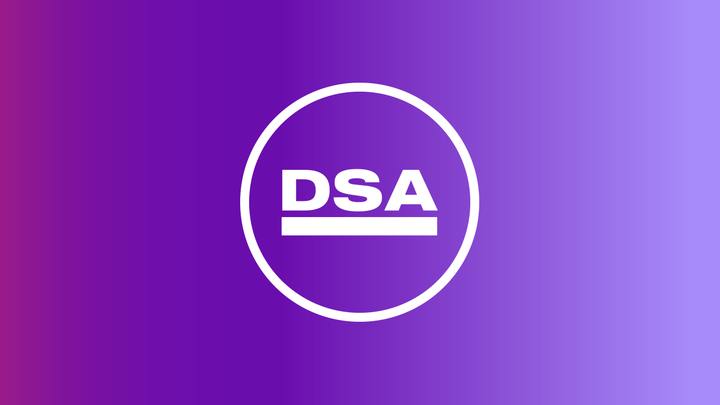
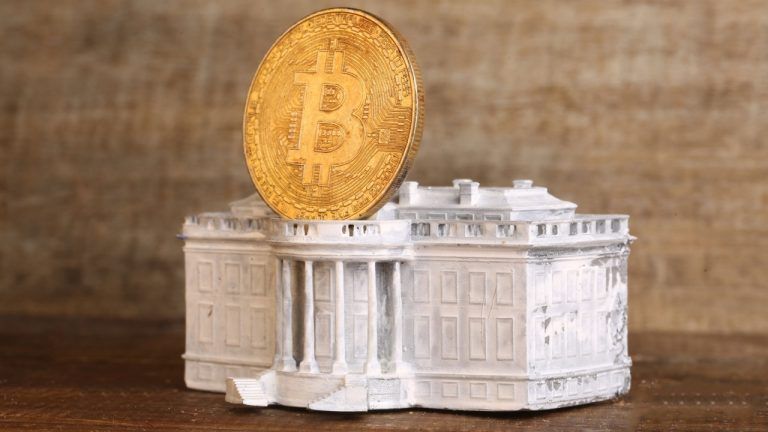






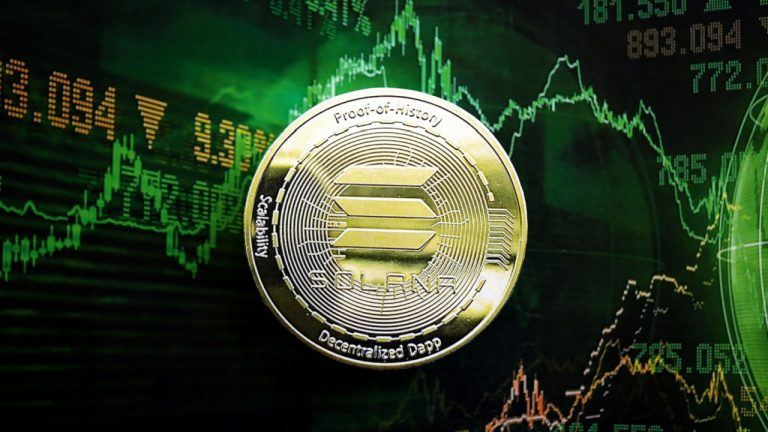




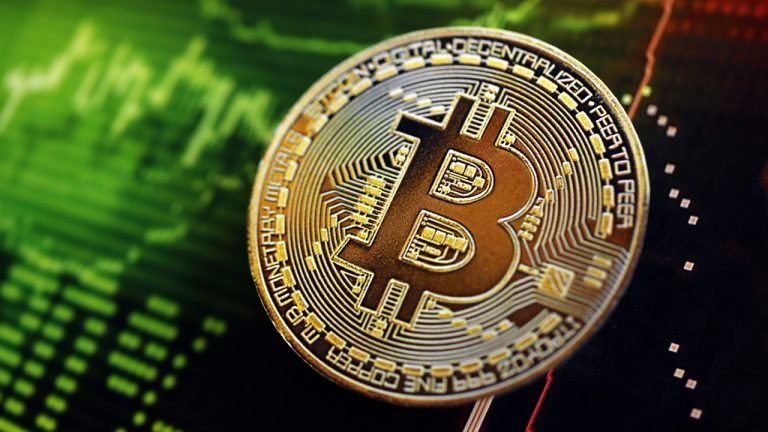


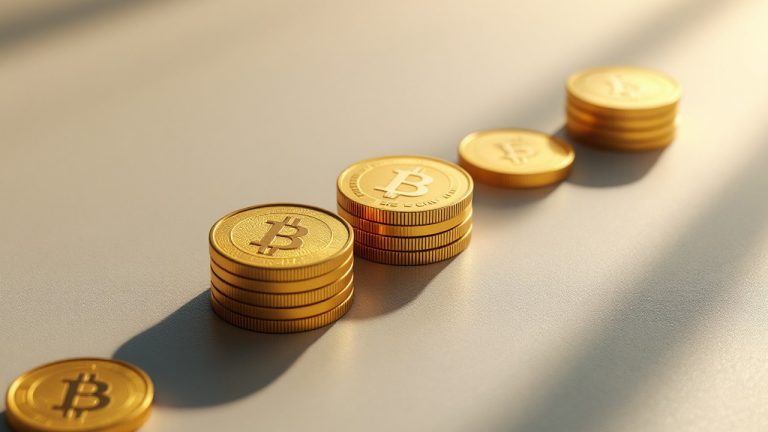

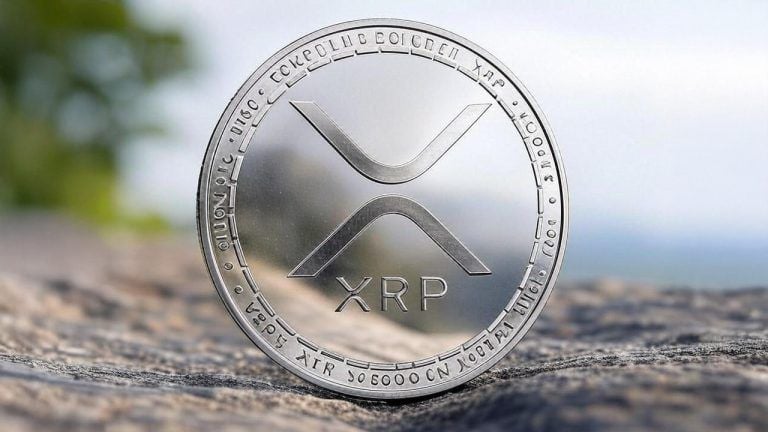
Comments